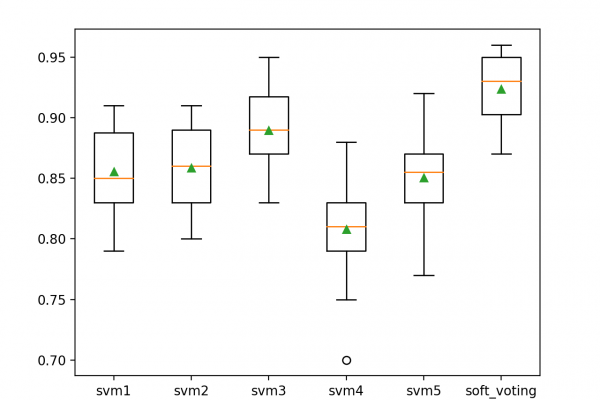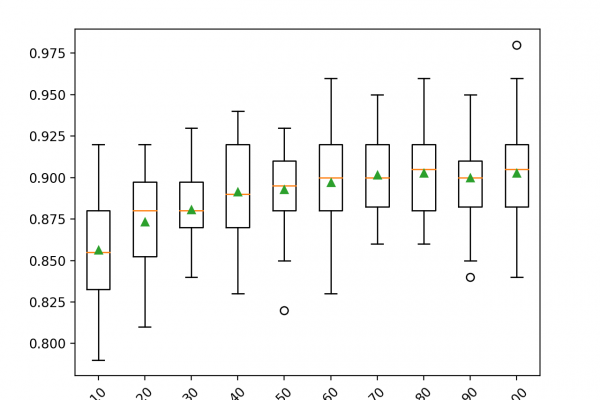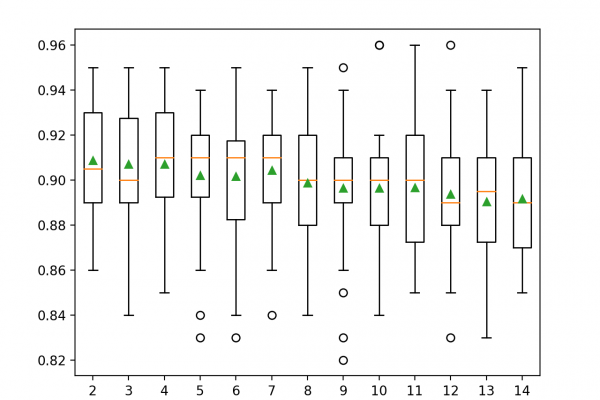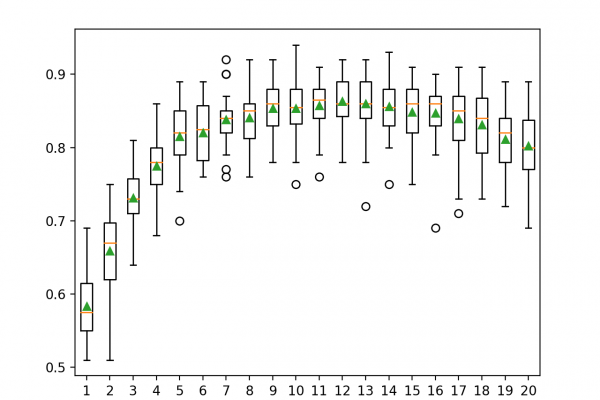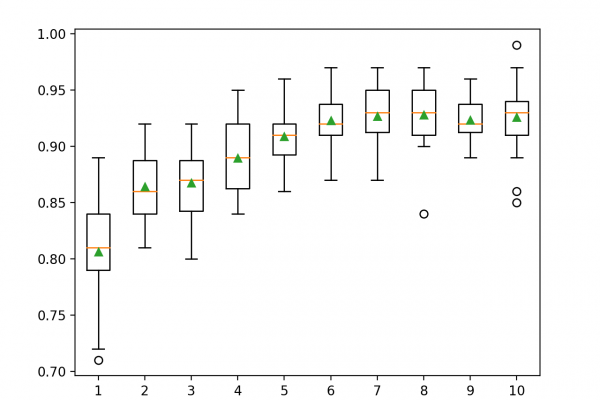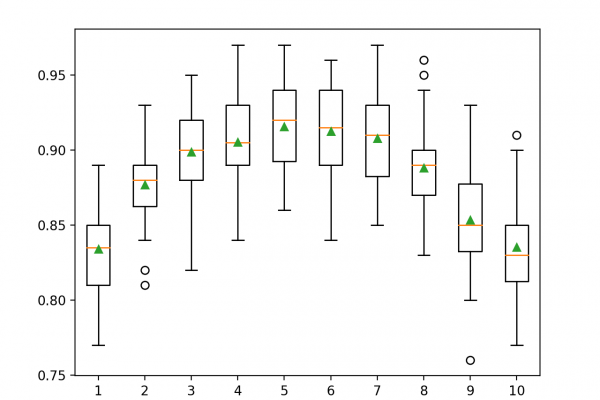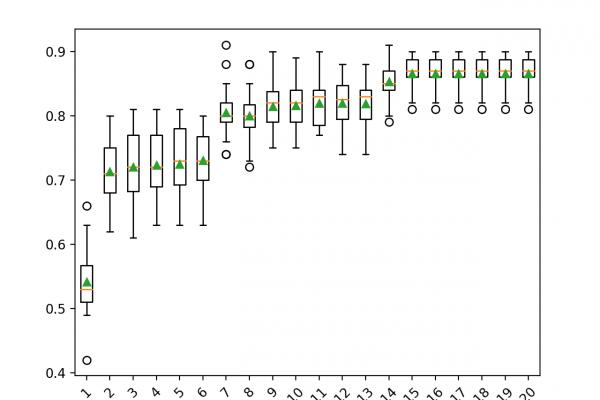How to Develop Voting Ensembles With Python
Last Updated on September 7, 2020 Voting is an ensemble machine learning algorithm. For regression, a voting ensemble involves making a prediction that is the average of multiple other regression models. In classification, a hard voting ensemble involves summing the votes for crisp class labels from other models and predicting the class with the most votes. A soft voting ensemble involves summing the predicted probabilities for class labels and predicting the class label with the largest sum probability. In this […]
Read more